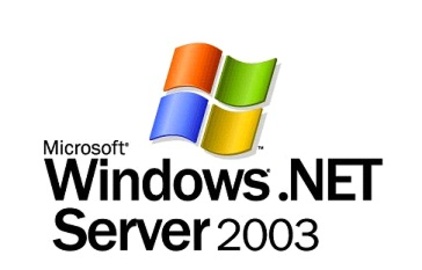Introduction

Microsoft is accredited with producing some of the most efficient and popular operating systems software. This software allows computer users to effectively navigate and is therefore, very user friendly. Hence, people find it considerably harder to maneuver Apple and MAC OS, the most popular alternate operating systems in the market today, which have a completely different set up and outlook. Most Windows system is designed with specific processors in mind, which is the major reason why not all Windows can operate on every computer.
History
Windows 2003 Server is a very old system released by Microsoft in April of that very same year. It has become almost obsolete now, and is found in barely any computer systems. But in 2008 Microsoft came out with another version titled, Microsoft Server 2008, which improved on previous features, facilitating user friendliness. According to the suppliers, Microsoft 2003 Server offered better performance and was more scalable as compared to previously released Microsoft 2000. Windows 2003 Server provides users with increased default security compared to previous ones, along with a built in firewall. Moreover, it provides a backup system to restore lost files and has significant improvements in message Queuing along with improved Dick Management, leading to back up from shadow files as well. A major previous concept titled Rescue Disk was replaced in favor of Automated System Recovery (ASR). Windows 2003 Server is intended for small or large business in particular and not for personal use. Windows 2003 server provides customers with two Service Packs for further enhancements and customer convenience.
Features
A system crash tends to lead to loads of suffering and long periods of unrest without data and in extreme cases loss of data. However, if one is really lucky and trained this problem will persist for maximum a day or two. In order to resolve a Windows 2003 server crash, one needs to have a snapshot of what the computer had in its memory at the moment of crashing. These snapshots are divided into three categories, namely small, kernel or complete dump. Once a dump is identified PC-servers are to be to automatically follow a series of technical steps to save them. After this certain items are to be ticked in the Startup and Recovery Screen box, after which the computer can be rebooted and hence, will start automatically. There are many complicated reasons for Windows 2003 Server crash, the main one being a bad memory (RAM). This essentially means that a hardware or memory device has malfunctioned and needs checking or replacement. Secondly, viruses, overheating and power supply issues are also major contributors to the visible blue screen of doom.
Tips and comments
These inevitable and dreaded crashes can be prevented by ensuring smooth operation through reliable hardware installation along with software purchased from certified retailers. People should avoid downloading suspicious data and not open unwarranted emails, and keep the latest anti-virus software installed at all times. Computers should be operated at regular intervals to prevent overheating, and the power supply load should be kept in check to avoid malfunctioning and server crashes. Since, Windows 2003 server is found in abundance with companies, they should increase the budget allocation for this sector to ensure smooth operation.